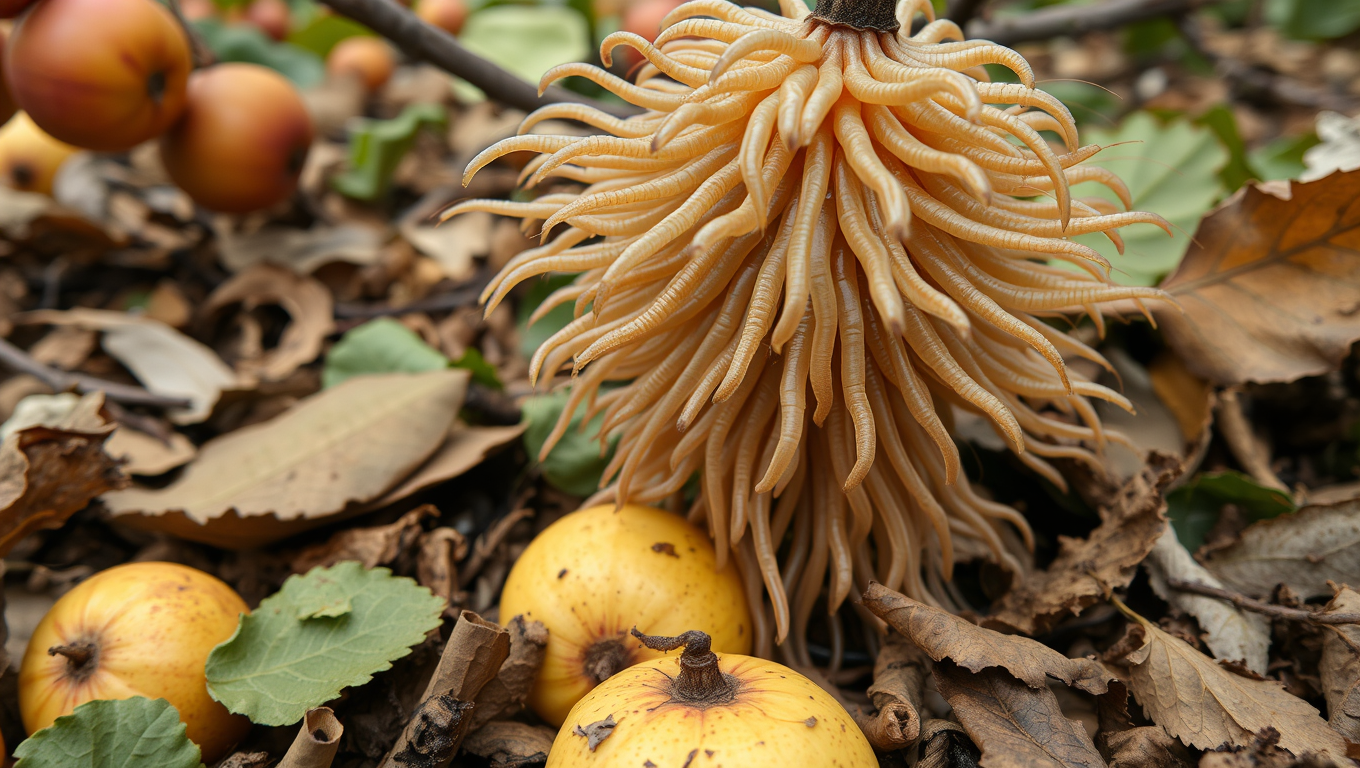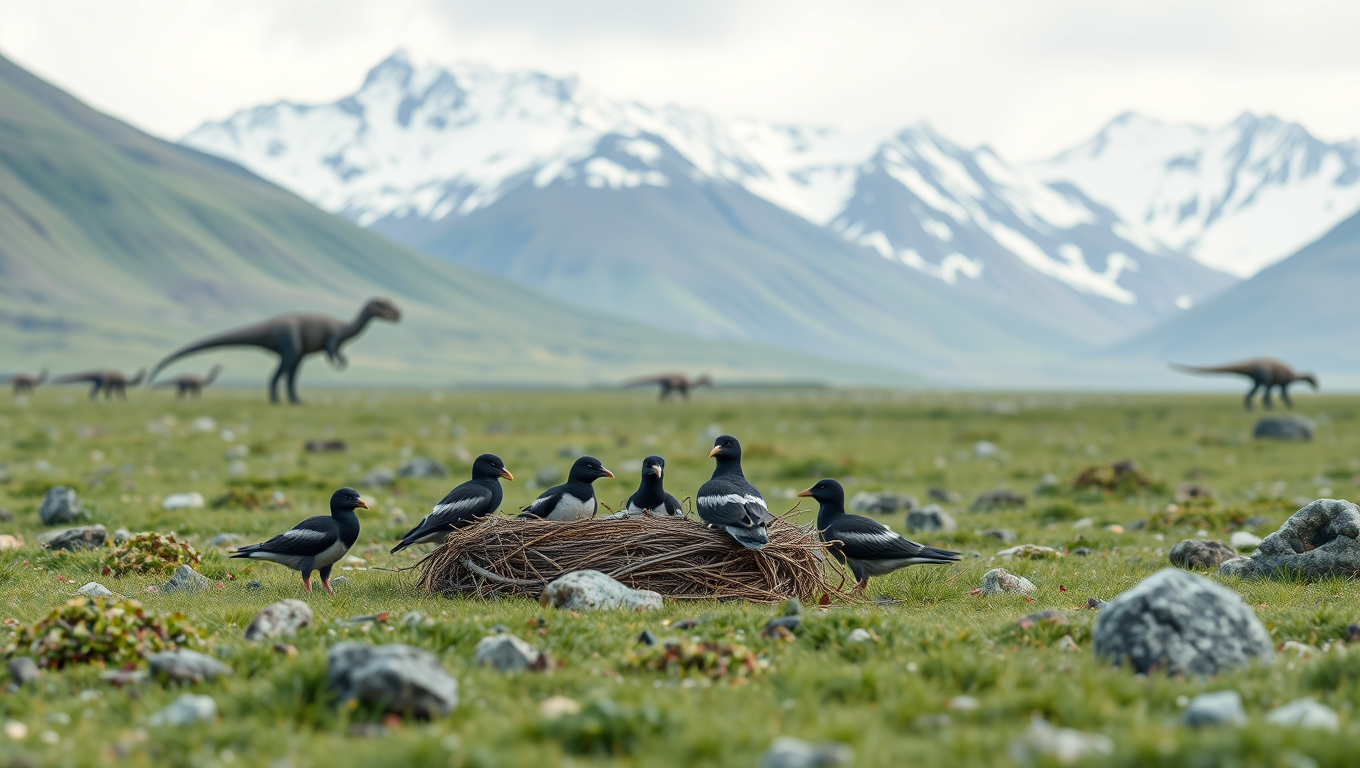While we try to keep things accurate, this content is part of an ongoing experiment and may not always be reliable.
Please double-check important details — we’re not responsible for how the information is used.
Birds
The Hidden Truth: Uncovering the Scale of Global Seahorse Smuggling
Close to five million smuggled seahorses worth an estimated CAD$29 million were seized by authorities over a 10-year span, according to a new study that warns the scale of the trade is far larger than current data suggest. The study analyzed online seizure records from 2010 to 2021 and found smuggling incidents in 62 countries, with dried seahorses, widely used in traditional medicine, most commonly intercepted at airports in passenger baggage or shipped in sea cargo.

Animals
Worms Unite! The Surprising Secret Life of Nematodes Revealed
Nematodes tiny yet mighty form wriggling towers to survive and travel as a team. Long thought to exist only in labs, scientists have now spotted these towers naturally forming in rotting orchard fruit. Remarkably, the worms aren t just piling up they build responsive, coordinated structures that hitch rides on insects to escape harsh conditions.
Agriculture and Food
The Hidden Pause: How Bumble Bee Queens Keep Their Colonies Alive
Bumblebee queens don t work nonstop. UC Riverside scientists discovered that queens take strategic reproductive breaks early in colony formation likely to conserve energy and increase the chance of survival. These pauses aren t due to stress but are a built-in response to brood development stages. The study shows queen behavior is far more flexible and dynamic than previously thought, potentially offering new insights into how to protect declining bee populations.
Bird Flu Research
“Ancient Arctic Nursery: 73 Million-Year-Old Bird Fossils Discovered in Alaska”
Spring in the Arctic brings forth a plethora of peeps and downy hatchlings as millions of birds gather to raise their young. The same was true 73 million years ago, according to a new article. The paper documents the earliest-known example of birds nesting in the polar regions.
-

 Detectors8 months ago
Detectors8 months agoA New Horizon for Vision: How Gold Nanoparticles May Restore People’s Sight
-

 Earth & Climate9 months ago
Earth & Climate9 months agoRetiring Abroad Can Be Lonely Business
-

 Cancer9 months ago
Cancer9 months agoRevolutionizing Quantum Communication: Direct Connections Between Multiple Processors
-

 Albert Einstein9 months ago
Albert Einstein9 months agoHarnessing Water Waves: A Breakthrough in Controlling Floating Objects
-

 Earth & Climate8 months ago
Earth & Climate8 months agoHousehold Electricity Three Times More Expensive Than Upcoming ‘Eco-Friendly’ Aviation E-Fuels, Study Reveals
-

 Diseases and Conditions9 months ago
Diseases and Conditions9 months agoReducing Falls Among Elderly Women with Polypharmacy through Exercise Intervention
-

 Chemistry8 months ago
Chemistry8 months ago“Unveiling Hidden Patterns: A New Twist on Interference Phenomena”
-

 Agriculture and Food9 months ago
Agriculture and Food9 months ago“A Sustainable Solution: Researchers Create Hybrid Cheese with 25% Pea Protein”





























